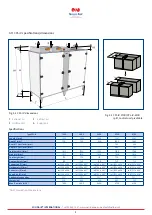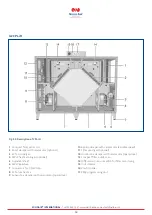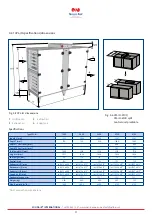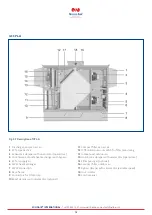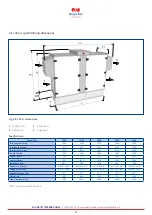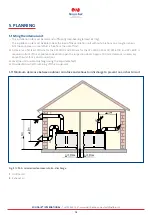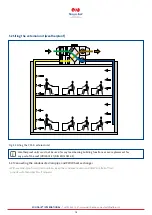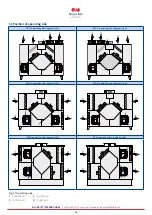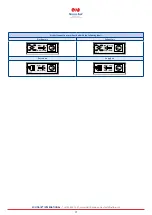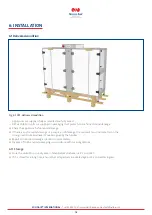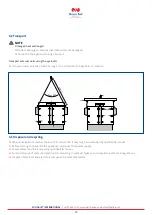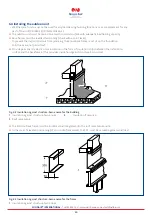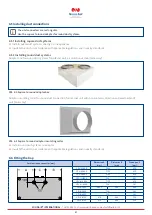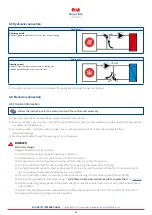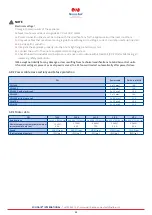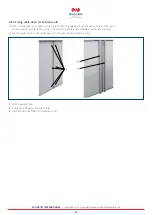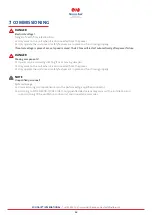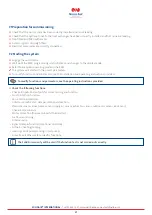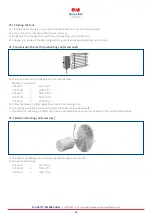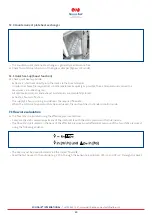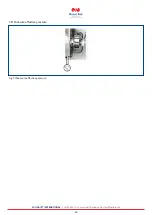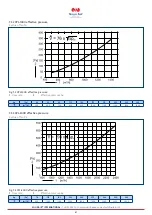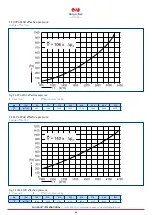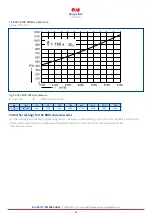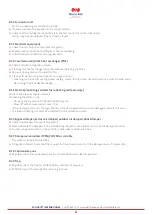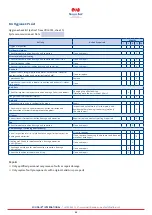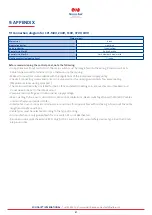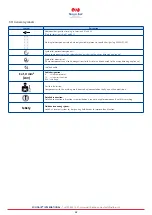
23
SOLID AIR ® INTERNATIONAL
•
T +31 598 36 12 21
•
www.solid-air.com
•
contact@solid-air.nl
6.7 Hydraulic connection
>>
Provide a hydraulic connection between the heat generator and the heat exchanger.
6.8 Electrical connection
6.8.1 General information
Follow the instructions for the control unit and the control unit accessory.
>>
Electricity may only be connected by an approved electrical contractor.
>>
Power connection lines must be in line with the specifications for the unit, local conditions and the selected cabling method.
Use cables with flexible cores.
>>
Connecting cables, installation ducts or tubes, etc., must be weatherproof, UV-resistant and protected from
mechanical damage.
>>
Feed the onsite cable through the opening in the control panel.
DANGER
Electrical voltage!
Danger of death from electrocution.
>>
All electrical work must be performed by a contractor.
>>
Before working on the unit, shut it down via the unit isolator.
>>
The main terminals are 'live' even when the ON/OFF switch is in the OFF position.
>>
Do not touch the EC fans for five minutes after disconnecting the power across all poles.
>>
Use type B residual current protective devices with 300 mA, as only these are suitable for DC residual currents.
Type A residual current protective devices are not suitable.
>>
Press the test button every six months to check the functioning of the residual current devices (RCDs).
>>
Observe the specified electrical fuse ratings.
“6.8.2 Power cable cross-section/onsite fuse protection”
on
>>
Before connecting the appliance to the power supply, ensure that all electrical covers and protective devices are
fully installed.
>>
Inspect the installation in accordance with the safety requirements of VDE 0701-0702 and VDE 0700 Part 500.
>>
Comply with the wiring diagram in the Appendix
Heating coil
Admixing circuit
Benefits: good control characteristics, low risk of freezing .
Cooling coil
Diverting circuit
Benefits: constant flow temperature in cooling coil,
good dehumidification even at partial load.
ϑ
1 =
ϑ
2

